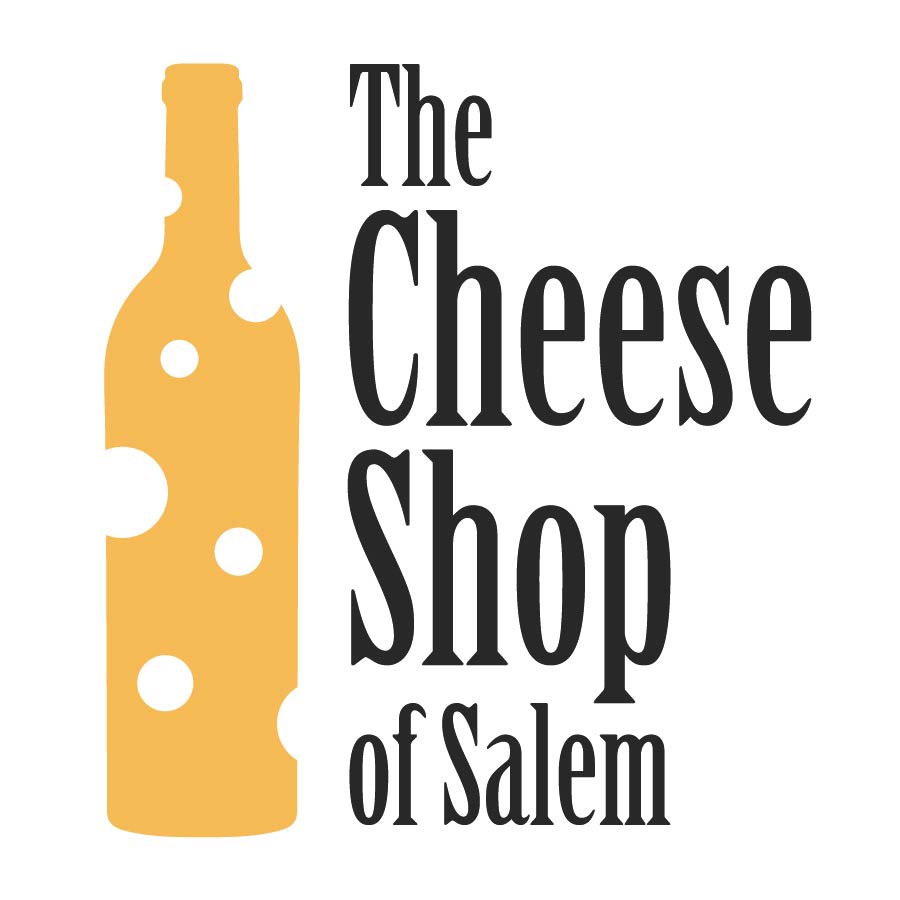The Hills are Alive with Sangiovese
Free tasting | Saturday, September 22, 2018 | 4-6PM
You could have at least a two hour and fifty-four minute movie singing about the wonders of Sangiovese set in the hillsides of Italy. It’s an ancient grape that is also Italy’s most planted varietal and is a recommended grape for more than half of Italy’s wine regions. Legend says that monks named this grape after “sanguis Jovis” which translates into ‘Jupiter’s Blood’. Wicked intense, right?!
So what’s so great about Sangiovese? It’s a moody grape that varies tremendously based on where it’s grown. You don’t drink Sangiovese to relax; you drink it for inspiration in life or to enrich a meal! Or while singing and swirling through lush hillsides ala Julie Andrews ala Fräuline Maria. Sangiovese can be floral, super tannic, lusciously smooth, earthy, tobacco-y, brimming with blackberry or strawberry….the list goes on. Basically, you need to drink a lot of Sangiovese to experience all of its moods!
While grown in many places this grape dances merrily in hand with Tuscany and the magical word that makes peoples mouth water…Chianti. Chianti DOCG and Chianti Classico DOCG are separate designations and each have their own set of rules. Chianti DOCG has 7 subzones in Tuscany and requires a blend that has to be mostly Sangiovese. Chianti Classico DOCG refers to a historic producing place of Chianti in Tuscany with stricter regulations: the wine cannot be made with white varietals and it has to contain 80%-100% Sangiovese. Other red varietals that are commonly used are Canaiolo, Colorino, Merlot, and Cabernet Sauvignon
‘Where’s the Rooster?’ is a question customers frequently ask when looking for Chianti. The sticker at the neck of the wine bottle with a black rooster standing in the center of a pink circle is the insignia of an organization called Consorzio Vino Chianti Classico that represents the Chianti Classico DOCG. If you see a wine with the black rooster on the label that means it was grown in the historical area of Chianti and passed strict testing to be considered a representation of traditional Chianti Classico DOCG wine. There are several different levels: Annata, Riserva, and Gran Selezione.
Annata is the first level. These are wines that are grown in the Chianti Classico DOCG and are young and fresh. Riserva wines have been aged for a minimum of 24 months which includes at least three months of aging in bottle. Gran Selezione is wine produced from a single vineyard or from a selection of the estate’s best grapes. It requires a minimum of 30 months of aging.
But that being said, just because a bottle doesn’t have a rooster on it or isn’t grown in Chianti DOCG, does not imply that it’s not awesome! Off-hand, two of these wines listed below don’t follow the rules for Chianti Classico DOCG; one of them is from Umbria and the other uses two white grapes to create an amazing blend. And both of these wines will blow the sound of Sangiovese into your heart!
The SANGIO Line-up:
2015 Cosimo Maria Masini ‘Nicole’ (Tuscany, Italy) | This biodynamic winery, in San Miniato, Tuscany, is lovingly cared for by the winemaker, Cosimo Maria Masini. It’s 35 acres and surrounded by olive trees where Cosimo is dedicated to intimate winemaking that he has his grapes pressed by foot stomping instead of employing any type of machinery! This Sangiovese went through natural vinification in open vats before it was aged in concrete vats for a year. It has fine tannins and is bursting with cooked strawberry and plum notes.
2016 Poggio Trevvalle ‘Passera’ (Tuscany, Italy) | In Southern Tuscany Umberto and Bernardo Valle have made Sangiovese their purpose in life-over 90% of their vineyards are Sangiovese! Passera went through malolactic fermentation in concrete tanks and is filled with chewy tannins, cherries, and tobacco.
2017 Salchetto, Chianti Colli Senesi (Tuscany, Italy) | Michelle Manelli runs this biodynamic winery in the Siena Province of Tuscany. It’s named for the willow trees (Salco in ancient Tuscan) that winemakers used to rely on to bind their vines. Some of this blend of Sangiovese, Canaiolo and Mammolo was aged in Tonneaux for four months; this wine has notes of cedar and raspberries and is so gulp-able you’ll wonder why the bottle is suddenly empty!
2017 Danilo Marcucci, Vini Conestabile della Staffa (Umbria, Italy) | Hundreds of years ago the Conestabile family had over 100 hectares of vineyards and 600 hectares of land producing other types of agricultural-they were thriving in a bustling Umbria. But after World War I, the population of Umbria decreased dramatically when il popolostarted moving into cities and the winery eventually ceased altogether. When the family decided to take up winemaking in recent years with the help of natural winemaker guru, Danilo Marcucci, they were ecstatic to discover in some ways this turn of events was a good thing because their soil had remained untouched by chemicals. Their Sangiovese is a purely Umbrian expression with no sulfur and underwent a 4 day maceration on skins before pressing and aging in fiberglass. It’s gritty and grippy with notes of figs, cherries, and oregano.
2015 Sono Montenidoli, ‘Il Garrulo’ Colli Senesi (Tuscany, Italy) | In 1965 Elisabetta Fagiuoli and her companion, Sergio, moved to San Gimignano that was so remote that there was no running water, roads, or electricity. There, they raised 9 children and created a winery with 24 hectares of vineyards that is surrounded by 200 hectares of woods! Like Elisabetta and Sergio’s story, their blend of Sangiovese, Canaiolo, Trebbiano Gentile, and Malvasia Bianca is something out of a fairy tale. Sono Montenidoli’s logo and wine labels include a view of ten or so of San Gimignano’s oldest remaining towers. This Chianti was fermented on its skins with a long maceration in a tank and has is filled with a smooth richness of dusty tannins, smoke, and plum.



